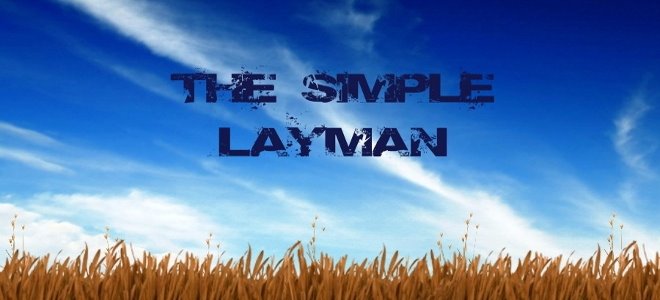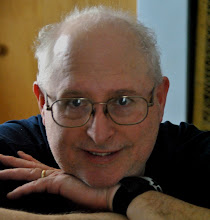The coming of the new year will signify the demise of the Compact Disc. Yes, you heard me right. The music industry plans to kill off the CD sometime in 2012. This was surprising to me as they have yet to kill off record albums which have existed since their inception and are less popular than CD's. Evidently, people are just becoming too interested in music downloads, (Mp3 and such), and cd sales have dropped off. I'ts hard to understand their thinking from my point of view. The disc, which they probably pay pennies to produce, are not that unpopular and still hold quite a market. It does however, not stand a chance against music downloads which cost almost nothing to reproduce and can be reproduced at a higher rate, can be digitally rights managed, (which cd's cannot), and have no packaging or package contents. With downloads, shipping is not a cost factor either and companies can buy cheap computers that can spit out thousands of copies of songs by the hour with almost no human envolvement. See the big picture?
Unfortunately what this usually means is lower quality and limited use from a consumer's perspective. If paying for downloads becomes the exclusive future of music, then you can expect more control over what you listen to under digital rights management and cheaper sound quality, without cd's being a competitive player. I can only lament the loss of the true audiophile who enjoyed simple yet clear stereo sound, and to my taste's, cd filled that need. Don't get me wrong. I love the wonderful quality of dvd audio and other hi-end surround sound, but already much of the music I grew up with is out of print and will probably never be in print again. With the demise of the cd the chance of getting that stuff is getting even slimmer. So with this post I want to praise the format I loved so much as well as lament it's loss by mentioning the time I first heard about CD's and my first experience with the format.
I can remember the first time I heard about compact disc. I read it in a magazine and it sounded like the answer to all of my problems with static, noise, pops, and clicks when listening to albums. Cassette tapes were ok too, if you copied it yourself, but most of the mass produced copies were still full of hiss, bad highs, lows, or midrange or just over-modulated, and few companies were taking full advantage of it's capabilities. Tapes made using the cheapest tape stock with the lowest quality plastic housings were the norm and sometimes these tapes didn't even play a week or so after buying them because they would bind and jam or the tape would deteriorate leaving oxide residue on tape heads causing constant cleaning.
Shortly after hearing about the new cd format I was in a music store in Dover Delaware in a sound room listening to a record album play on an expensive 1000.00 turntable hooked up to a Yamaha sound system. I was drooling over how great the record sounded when one of the sales people who was in the room mentioned he had a copy on compact disc of the same album I was listening to. I asked if it could sound that much different on cd? He put the disc on but all I heard was silence. Was something wrong? No, it was just the lack of turntable and record noise I was used to at the beginning of playing a record. Then the music started and it sounded like the orchestra was in the same room, only with no scratches, pops, clicks, or noise between tracks, and with much better range. When he showed me the disc I was amazed so much sound came a disc about 1/6 the size of a record. He told me it was more durable than a record too since nothing touched the disc surface when playing. He then did something you would never do with a record. He threw it on the floor, picked it up, wiped it off with his sleeve, and played it again in the cd player. It played perfectly with no skips or clicks. Needless to say, I wanted a cd player from that moment on, even though I recall there were probably only 5 cd compilations available in the U.S. at the time.
Some time later I purchased a cd player for about $80.00, (a bit of money back then), and my first disc. It was a disc from Radio Shack and cost me around $10.00. I still have that first disc and it still plays perfectly the same as the day I bought it. I read so many complaints about how the sound of a compact disc isn't as good as an album. Of course most of my discs are only 16 bit mastering instead of 24, but I will take a cd over a record album any day. I have a good turntable and a reasonably good cartridge for it. Even with the best record cleaners you still have to put the album away and go through the cleaning process over and over everytime you listen to it. No matter how careful you are you will eventually get that scratch you are trying to avoid. Besides this, the more you play it the more wear it gets. You can of course record your albums and have a really great cleaning system, (and I do), but you still have that maintenance and care and you will never get away from it.
As with records, this probably won't end the use of the cd by all companies that use it. It most likely will affect only the big hitters like Warner, Sony, and the major labels. Smaller companies will probably still use cd's until at some point it may just become a fad like the revival of LP record albums and 45's from companies like “oldies.com.” In any case, I will still buy them until I can no longer get a drive to play them in.















